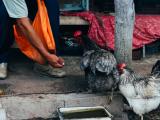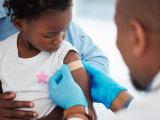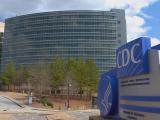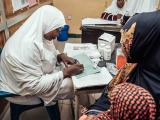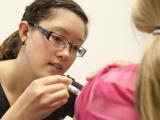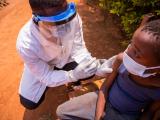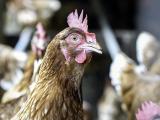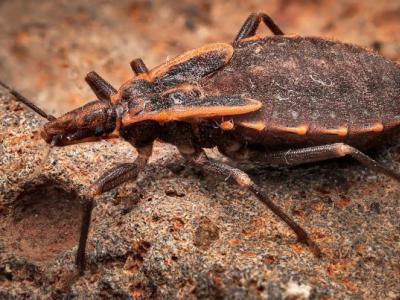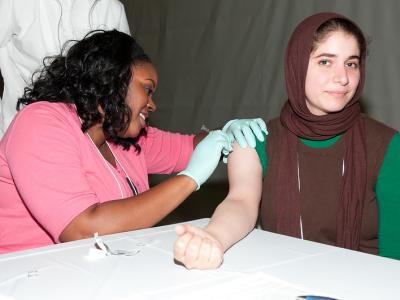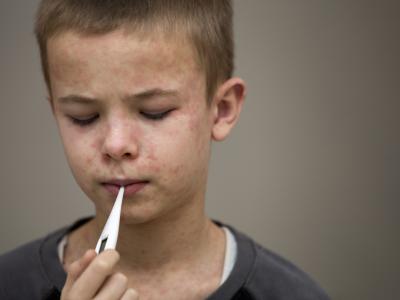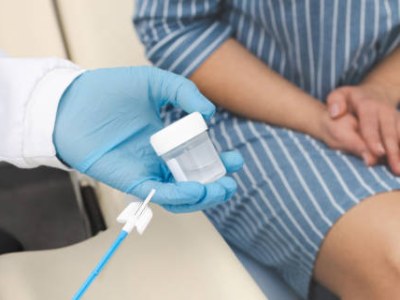Apr 2, 2012 (CIDRAP News) – A federal advisory board's reversal on publishing two controversial H5N1 studies is poised to shift discussions on the topic that continue in London this week, as more participants in the debate weigh in following the Mar 30 announcement.
The National Science Advisory Board for Biosecurity (NSABB), which advises the US government on life sciences dual-use research issues, met last week to consider revised versions of the two papers, and on Mar 30 they voted to reverse an earlier recommendation that the papers should be published with key details redacted.
The NSABB unanimously recommended full publication of the revised manuscript by the University of Wisconsin group, headed by Yoshihiro Kawaoka, DVM, PhD, and by a 12-to-6 vote that the data, methods, and conclusions in the revised paper by the Erasmus group, headed by Ron Fouchier, PhD, be published.
One of the factors that swayed the NSABB decision was new evidence that an understanding of the mutations could be useful for surveillance and public health standpoints, the group said in a statement announcing the vote, but it did not elaborate.
The National Institutes of Health (NIH), which funded both studies, said in a Mar 30 statement that it would forward the advisory group's recommendation to NIH Director Francis Collins, MD, PhD, and the US Department of Health and Human Services Secretary Kathleen Sebelius for their review and consideration.
"HHS will then bring a recommendation to the broader US government for consultation," the NIH said. "Following a decision by HHS on the NSABB recommendations, HHS will work with the international community in moving forward on dual use research more broadly."
Paul Keim, PhD, acting chairman of the NSABB, told CIDRAP News that the group hopes to work on some additional guidelines on H5N1 research issues in the months ahead. Keim is director of pathogen genomics in the Translational Genomics Research Institute at Northern Arizona University,
At a press conference today before tomorrow's start of a Royal Society conference on H5N1 research issues in London, Fouchier, speaking alongside Keim, said his group's revised paper included new epidemiologic evidence that spells out the benefits of the research, Discover Magazine reported today. Fouchier told reporters that the new information will be partially explained in the paper set to appear in Science, as well as in another forthcoming study.
He said the revised paper clarifies that the airborne viruses weren't lethal to the ferrets and includes an expanded discussion, based on more space allotted by Science, of the work's public health benefits, according to the Discover story.
The 2-day Royal Society discussion will be webcast live, and participants will include Fouchier, Kawaoka, a host of internationally recognized H5N1 researchers, a representative from the NSABB, biosecurity experts, dual-use research experts, editors from Nature and Science, along with participants from public policy, vaccine research, funding, and journalism fields.
Kawaoka told CIDRAP News that his research team is buoyed by the NSABB's recent decision, and he said he wasn't surprised by the outcome. He added that conveying more about the implications of his group's findings on public health played a key role in the deliberations.
"Specifically, we were able to explain that very few mutations are needed for the hemagglutinin of the currently circulating H5N1 viruses to become a hemagglutinin that supports respiratory droplet transmission in ferrets," he said.
He referred questions about a possible timeline for the publication of his paper to Nature, whose spokesperson Rebecca Walton told CIDRAP News that the journal doesn't yet have a tentative publication date for the paper.
Meanwhile, Science, in a Mar 30 statement from editor-in-chief Bruce Alberts, PhD, to journalists, said the Erasmus group's paper needs to go through further peer review and editing.
Alberts said the journal would consult closely with Fouchier's lab and the Dutch government to ensure that all concerns have been resolved. Last month the Dutch government said it was investigating if it could use export controls to block the publication of the paper.
He said Science applauds the NSABB's willingness to reconsider its original recommendation. "We will work with our authors to ensure that a revised manuscript clearly reports that the mutant H5N1 virus developed by Dr. Fouchier and colleagues at Erasmus Medical Center did not, in fact, kill ferrets in the laboratory following aerosol based transmission—that is, by one ferret sneezing or coughing onto another ferret. The virus was fatal to ferrets only after animals were inoculated intratracheally at extremely high doses," he said in the statement.
Kawaoka pointed out that resuming work at the lab is separate from the NSABB decision. Though a voluntary 60-day moratorium on similar H5N1 research has expired, researchers have agreed to extend it to allow Dutch and US government officials to conduct reviews on what level of biosecurity is best for H5N1 transmission studies.
That action was a component of an agreement that came out of a World Health Organization consultation in mid February.
During a Mar 26 live episode of the "This Week in Viology" podcast on the sidelines of the Society for General Microbiology conference in Dublin, Fouchier said his country's government has reexamined lab biosecurity requirements for H5N1 transmission work and has maintained an earlier decision that the research be cone in enhanced biosafety level 3 (BSL-3) conditions. So far, the US government has not released its recommendation after a similar review.
News editor Robert Roos contributed to this article.
See also:
Mar 30 NSABB statement
Mar 30 NIH press release
Apr 2 Discover Magazine blog post
Mar 30 CIDRAP News story "NSABB reverses recommendation on H5N1 studies"
Royal Society meeting webcast link

